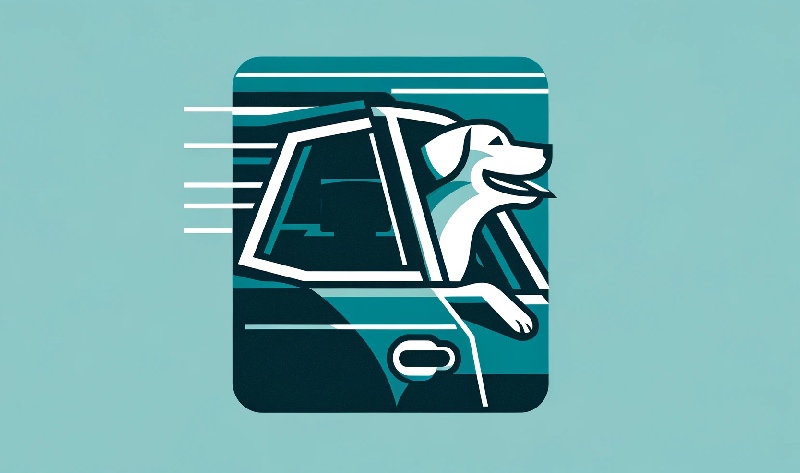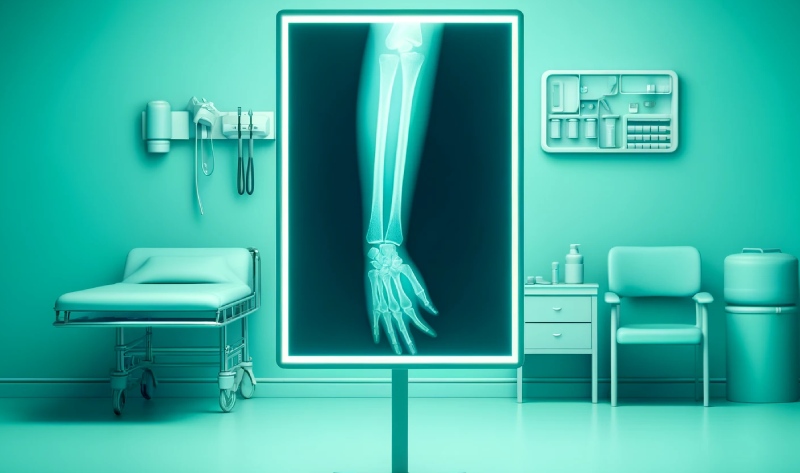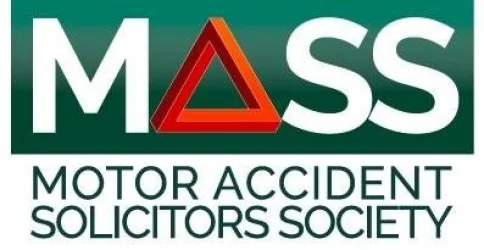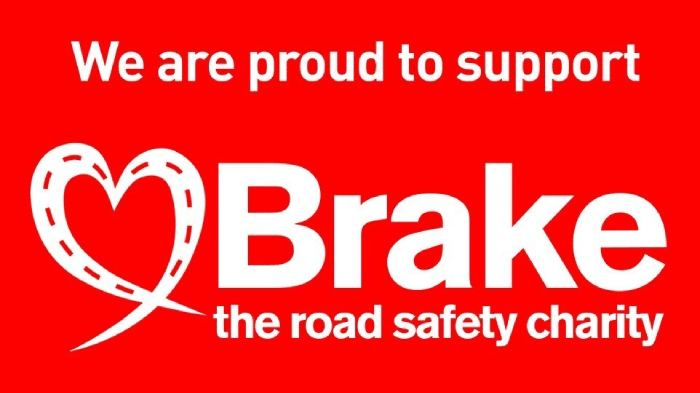Do you ever travel with your pet as a passenger? Cats and dogs are the most commonly transported pet by car. However most pet owners have never considered what it means to have a furry passenger along for the journey. There are some things you might want to consider and they’re covered in this blog post.
The Highway Code
According to The Dogs Trust nearly half of dog owners are not aware that there are laws in place for pet passengers. The Highway Code states that animals in a vehicle should be suitably restrained to avoid distractions. Failure to properly secure your pet can land you with penalty points and fines up to £5,000. Despite The Highway Code not specifically stating, it’s probably best to avoid letting your dog drive the car!
Insurance
If your unsecured pet causes an accident it may invalidate your insurance. This could be devastating if the accident involves other motorists or pedestrians. If your pet was injured as a result of another driver’s actions then their insurance should cover it. More on that later!
If you have pet insurance then you should check to see whether or not it includes accidents on the road. Your home insurance may also offer coverage. If you do not, many pet insurance providers offer accident only coverage which might be of interest to you.
Road Traffic Accident Compensation
Although your furry friend might be treated as part of the family, the law recognises him or her as property. This means if your pet is fatally injured in a road accident, you as its owner are entitled to compensation in the amount of the animal’s market value. Provided your fur baby was properly secured in your vehicle. If your pet is injured it might complicate matters. A strong argument can be made for compensation to cover the cost of treatment for your pet. However, should the amount surpass the value of the animal the defendant insurer may argue that they’re only liable to cover the value of a replacement pet. Unfortunately, this is because the pet is recognised as property and value cannot be placed on the emotional bond you have with it.
Try to meet your pet’s needs
Like children, pets have certain needs. You should do your best to meet them during car journeys and the best way to do that is through preparation. Here are some things you can check of your list:
- Safely and legally secure your pet with a seat belt harness, pet carrier or cage.
- Carry a large water bottle and bowl in case your pet needs to rehydrate.
- Don’t let your pet ride with its head out the window as it’s potentially dangerous.
- Use sun shades on the windows and never ever leave your pet in a hot car alone.
- Talk to your pet or other passengers throughout the journey. A familiar voice should help keep it calm.
- Avoid feeding your pet within 2 hours of starting a journey to avoid motion sickness.
- Bring a favourite toy or blanket to give your pet a sense of familiarity.
- Get your pet used to traveling by car by taking it on shorter journeys before any longer trips.
Although these points are noteworthy advice, every animal has its own individual needs. Such needs are dependent on the type of animal, breed and even temperament. Hopefully, you know your pet well enough to make a judgement call but if in doubt, ask a local expert or animal charity.
If you were driving with your pet and had an accident that wasn’t your fault we may be able to help. You can learn more about our services or contact us for a free no obligation chat.













